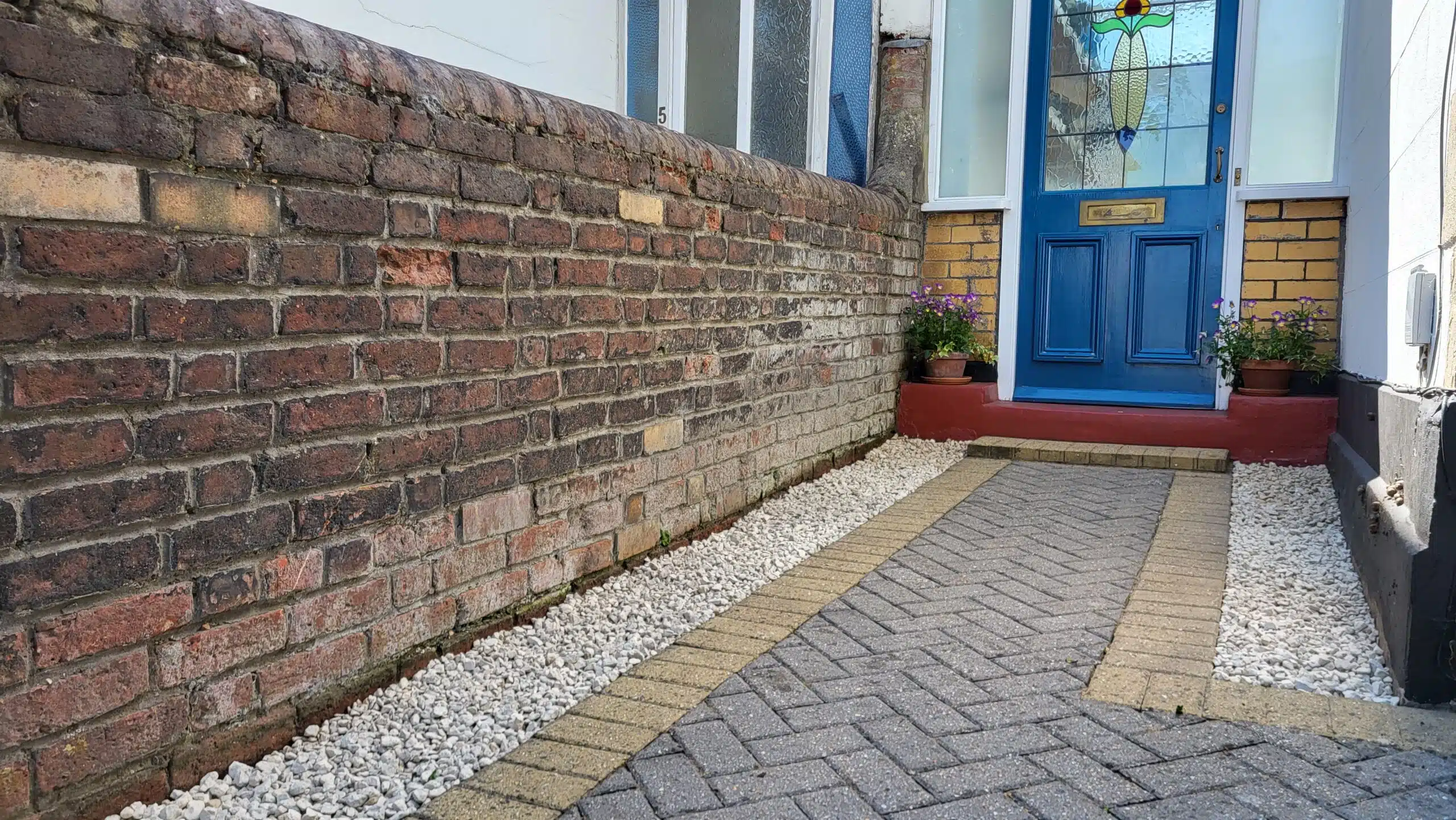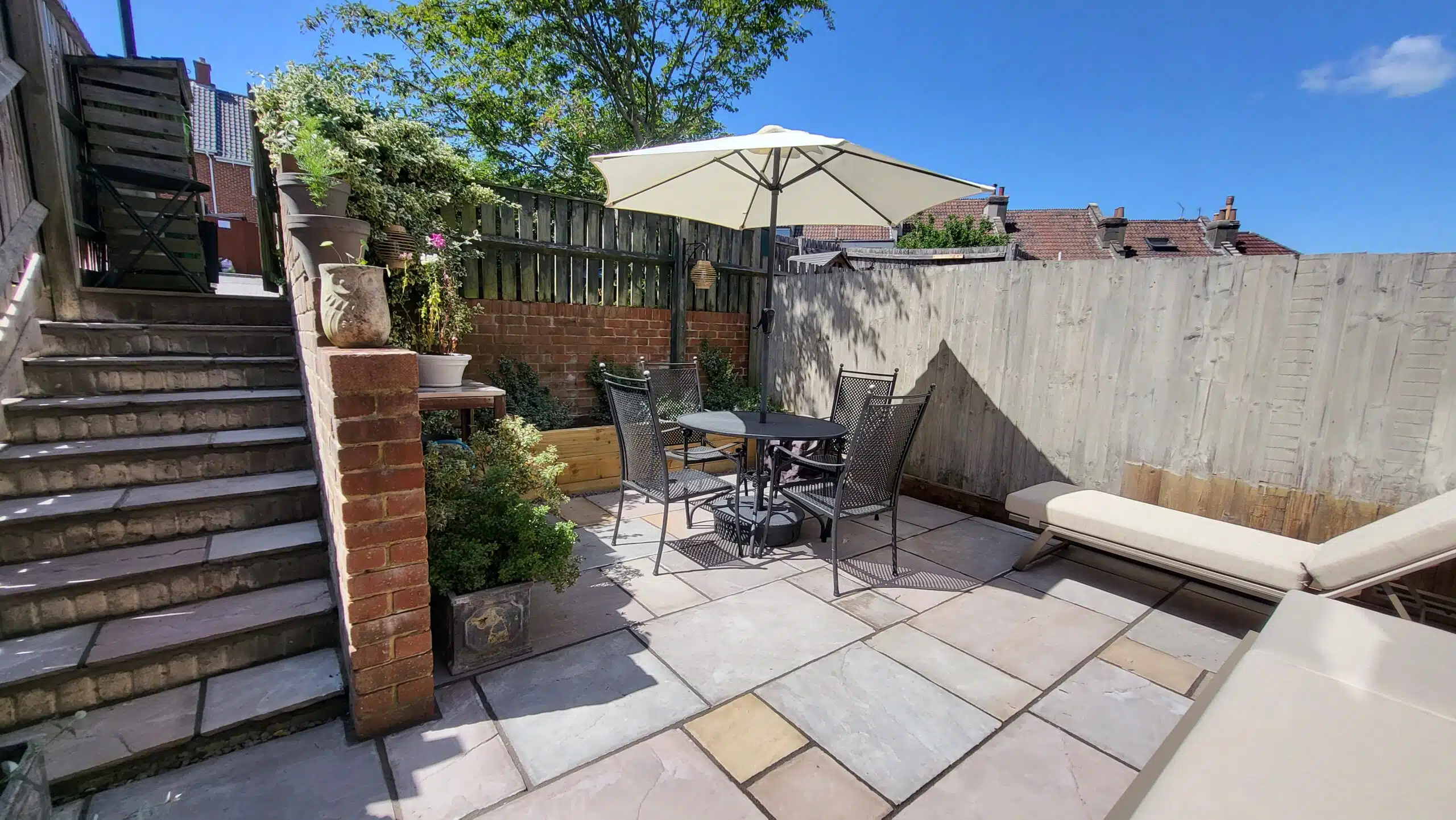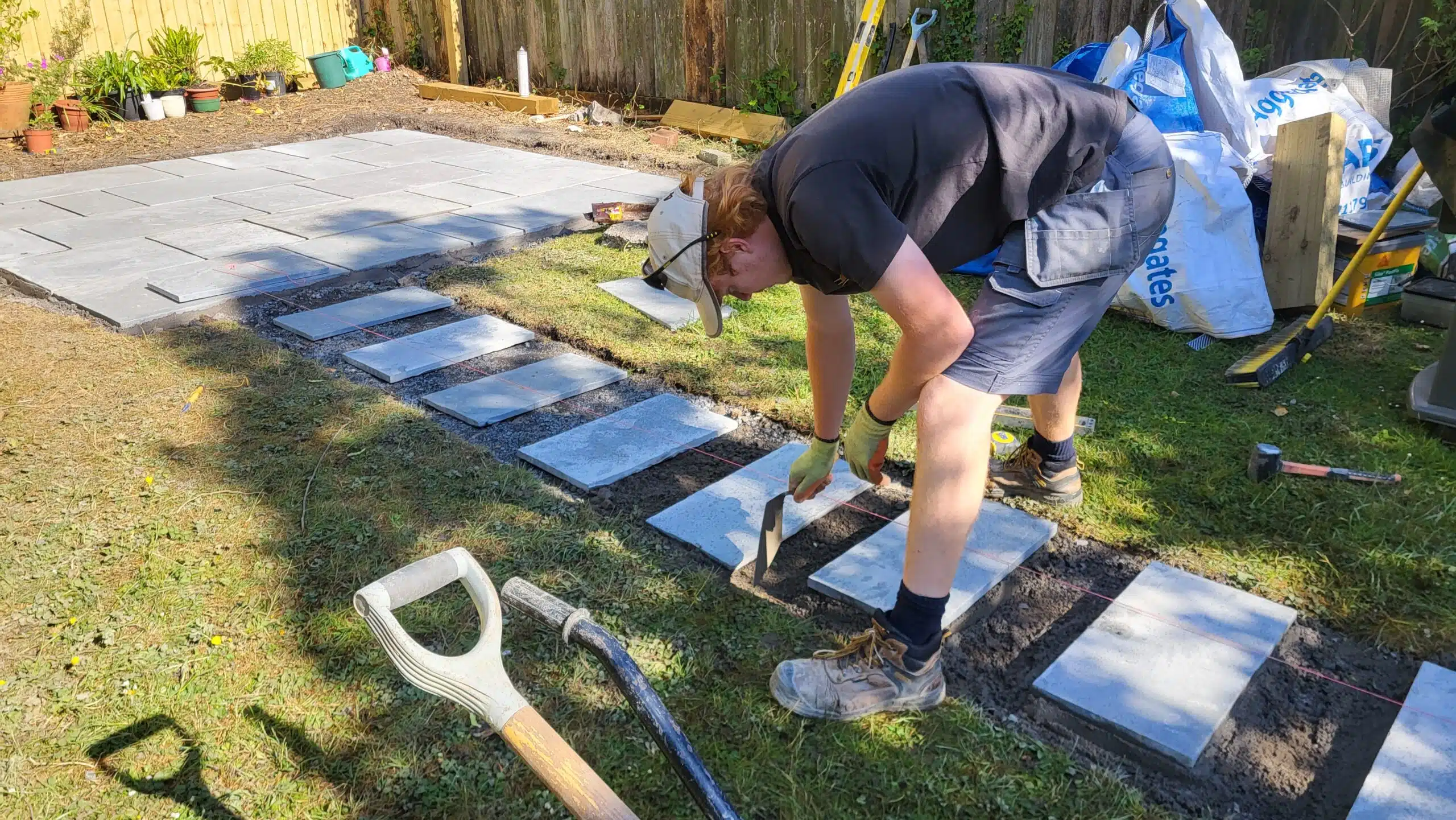
Willsbridge Mill is a non-profit voluntary local group, maintaining the mill and woodland since 2014. Prior to that it was managed by Avon Wildlife Trust. It is a beautiful site, with Siston Brook running through it. Working there listening to the birds and rushing water was very good for the soul. The mill dates back to the 1700’s and was originally an iron works with a water wheel.

The voluntary team at Willsbridge Mill had marked out an area within the community land to be a new Fairy Woodland. The hedge that we have created runs along the boundary of this site. When the fairy woodland is finished later this year it will offer a fairy grotto, a bluebell glade, snowdrop & primrose glade, a ‘fairy hat’ glade, and children’s activity trail, with fairy doors in the trees, and animal sculptures.
Native plants make a fast growing hedge, good for privacy, security and boundary definition. They are a great resource for wildlife. Hedges prevent soil erosion, capture pollutants in the air, and allow wildlife movement and habitats. First, the ground had to be prepared, with ivy and brambles removed, and a lot of stone and rubble pulled out from within the soil.
The stone that we removed will be used within the rest of the land on various projects. Some was used to rebuild the collapsed wall on the corner of the fairy woodland.


Once the ground had been prepared we laid down plastic membrane to suppress weeds whilst the trees are young. You could use eco coir membrane as an alternative to plastic if preferred. The membrane is pinned down with metal pegs.
Small cuts are made in the membrane and a double staggered row of trees are planted. We chose a Blackthorn based mix of native hedging, the other plants included Hawthorn, Bird Cherry, Hazel, Field Maple and Dog Rose.
These species were chosen to give long periods of interest for humans, as well as various wildlife food and shelter. It’s best to have a good number of species in a native hedge to offer increased biodiversity.

Suckering species like Blackthorn and Hazel give the hedge a good base, and the Dog Rose will climb through the hedge offering beautiful flowers in the summer and hips in the autumn. We soaked the whips in water to make sure that the roots didn’t dry out, and did not use tree guards as the site is not prone to rabbits.
It’s been a pretty wet start to the year so far, so it was great to have a couple of dry, sunny days to plant up and enjoy the sunshine and surrounding nature.
The membrane will be covered over with bark chip mulch, which will cover the unsightly plastic and will also suppress weeds and will help retain moisture in the soil.
After the boundary line of trees was planted we then moved to planting trees in other areas of the fairy woodland, filling up gaps, and defining other areas. It will take a few years for the hedge to fill out and mature. These trees will make a dense hedge that can be laid in the future to create a stronger, more durable structure by encouraging the trees to regenerate.
Planting trees is such a joy. Many of the hedges in Somerset are Medieval, and here’s hoping this hedge will be around for many years to come.












